Sleeping Pads-主流防潮垫实际使用评测
以下产品都是自己多年使用的防潮垫
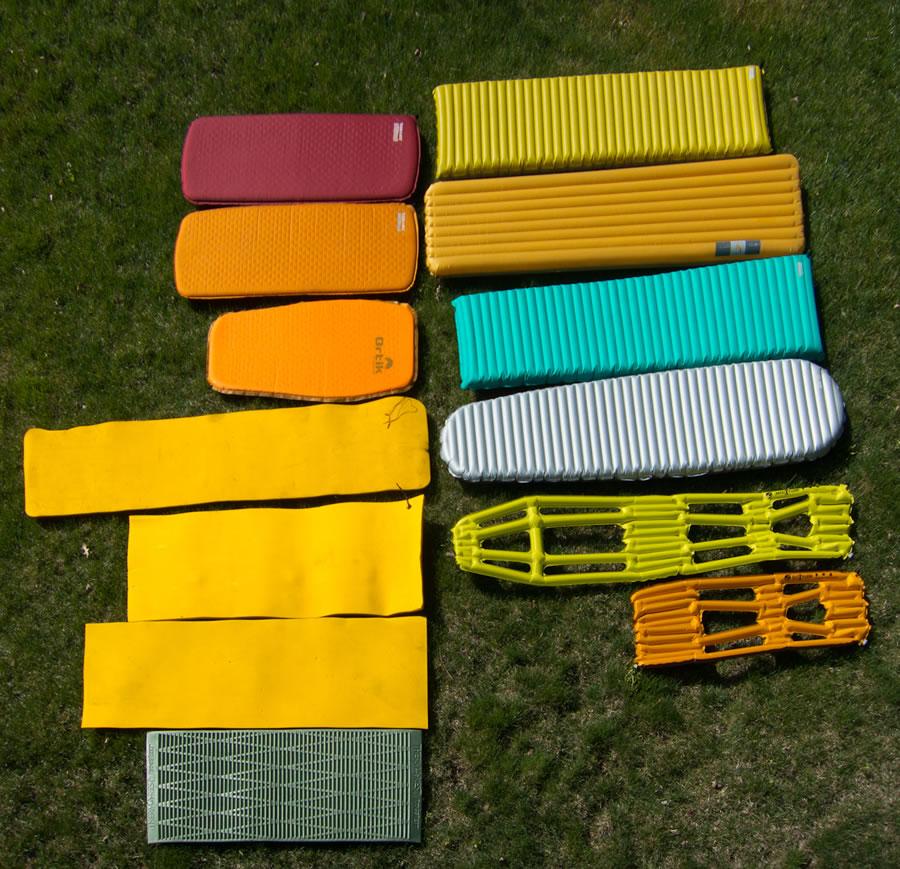
左手从上到下:
Prolite Plus;
Prolite3;
Ortik;
Karrimat Evazote;
MEC Winter Evazote;
MEC bivi thin evazote;
Ridgerest
右手从上到下:
NeoAir;
Exped Synmat;
NeoAir AllSeason;
NeoAir XTherm;
Klymit X-Frame;
Klymit X-Lite
泡沫防潮垫
我使用泡沫防潮垫很多年了无论是露营还是攀登各种户外活动一直在用.
我有一个使用了很多年的80年代中期从香港买来的全长的黄色垫子Karrimat (泡沫垫子) .
在非常寒冷的环境下,我通常会放一张EVA发泡垫在我身体下面,保持温暖。
但是我的年纪越来越大,我发觉我这把老骨头还是需要厚一点的垫子增加保暖,好让我在寒夜能睡个好觉,而不会因为肩膀,背部,膝盖的疼痛而醒。
因为地面变的越来越硬,我的身体越来越脆弱,所以我开始使用自充气防潮垫。
但是如果我去攀登或者进行一次古典露营的话,我还是会携带泡沫防潮垫。泡沫防潮垫的优点是结实耐用,不用考虑岩石或者其他复杂地面,同时也不用费力打理。
我用一段绳子来固定睡垫,睡觉的时候解开绳子,把绳子穿过线孔,固定起来。这样就保证在睡觉的时候垫子不会被吹走。


Klymit Inertia X-Lite and X-Frame

Klymit hand pump
所以哪一个防潮垫最好? 完全取决于你怎么使用他.
For climbing bivis without a tent, I choose the traditional closed cell foam pad. When you’re planning on sleeping on sharp pointy rocks etc., the durability and fool-proof nature of closed cell foam offsets it’s relative bulk.
For three season use, my pick is the Exped Synmat UL 7. It’s a little heavier than the NeoAir competitor, but I love the comfort enough to carry the few extra ounces.
For winter use, the Xtherm seems to be the winner. It has higher R values and lighter weight than the other cold weather competitors, and has reasonably small bulk when packed as well. Unfortunately, I have not had the chance to use this pad in really cold weather, so my conclusions regarding cold weather performance with regards to the XTherm are based solely on my experience with the NeoAir AllSeason and the manufacturer’s specs for this pad.
Below is a chart that compares the various pads. Weights are as weighed by me. R-Values are as provided by the manufacturers. These R Values are not necessarily consistent between different manufacturers, however. My personal experience indicates a higher actual R-value than that listed for closed cell foam evazote pads. My comfort grade is simply my personal opinion of the relative comfort of the pads.
The grades shouldn’t be looked at as a statement on absolute comfort, but rather a comparison among the various pads. I’m a side sleeper with achy joints and a history of joint and back injuries, so I tend to grade rather hard on comfort. Someone with less aches and pains or someone who sleeps on their back may have graded many of the pads a bit higher on comfort than I did.

Shock cord keeps pad rolled, and keeps it from blowing away.
The best closed cell foam pads are pressure blown evazote foam. The best place to buy them in North America is at Mountain Equipment Co-op in Canada. Cascade Designs makes a couple of closed cell foam pads, the RidgeRest and the Z-Rest. These pads are supposed to be more comfortable than traditional closed cell foam because of ridges or bubble shaped indentations built into the pads. I haven’t found much difference in actual use, however. The Z-Rest does have the advantage of folding easily and taking up marginally less space than a rolled pad. In use, however, I tend to prefer the smooth surface of the traditional evazote pads, as the smooth surface doesn’t collect snow or water like the surfaces of the RidgeRest or Z-Rest.
自充气防潮垫
My first move away from closed cell foam was to a self inflating pad with an open cell foam core. These were first popularized by Cascade Designs as the Thermarest pad. I have used numerous variations of the Thermarest self-inflating pad open cell foam pads, typically favoring the lighter models in a half length size.
They’re a bit heavier than closed cell foam pads, but they are a lot more comfortable, and they fold up a lot more compactly than a closed cell pad.
Over the years, self inflating pads have become lighter and more compact.
The big concern with these pads is that they are susceptible to getting punctured. Mark Twight, in his book, Extreme Alpinism, discourages the use of inflatable pads for this reason. However, in all the years I’ve used them, I’ve only ever had one puncture of a Thermarest, and that was on a car camping trip. I repaired the hole with a repair kit.
Steve House used one on his ascent of Nanga Parbat. I guess if they’re good enough for House, they’re probably good enough for me.
Besides warmth and comfort, one of the the real benefits of an inflatable pad is that they are much less bulky when deflated and I can easily carry it inside of my pack rather than strapping it to the outside.
Here are my thoughts on some of the self inflating open cell foam core pads I’ve used.
Note that all of these pads are short length pads that go from shoulders to hips. I don’t use full length pads of this type as they are too heavy and bulky for my tastes.
Thermarest Prolite 3 small pad
14.2 盎司 R值: 2.2 舒适度: B-
This is the current lightweight model of the classic thermarest. It packs small, and has enough insulation for 3 season use. It’s not particularly thick, and you need to blow it up a bit as it needs to be inflated firmly for comfort, particularly for side sleeping.
Thermarest Prolite Plus small pad
16.6 盎司 R值: 3.8 舒适度: B
This is the winter version of the classic thermarest. It’s thicker, which provides more comfort and also more insulation in cold weather. It’s a bit heavier and bulkier than it’s three season sibling.
Ortik Backlite small pad
13.9 盎司 R值: 4.5 舒适度: B-
This is a minimalistic sleeping pad that is targeted at alpine climbers. It is slightly thicker than the Thermarest Prolite 3, but it has a more tapered shape. It has the best non-slip surface of any of the pads, and when deflated, scrunches down to a very compact package. Ortik lists the R value as 4.5, but I don’t think I trust this R rating. Unless there’s some hidden magic going on with this pad, my guess is that the R value is likely closer to an R3, as this pad is part way between the Prolite and Prolite Plus in thickness. (I haven’t slept on it in cold enough weather to actually ascertain a lower limit for this pad.)
Inflatable Air Mattress Pads
Recently, a new type of inflatable sleeping pad has come onto the market. These are inflatable pads that don’t have an open cell foam core. Obviously, inflatable pads have been around a long time. Your standard Wal-Mart slumber party air mattress is an inflatable pad. However, these pads typically have been heavy and have had poor insulative value in cold weather.
These drawbacks of air mattresses have been addressed with the use of ultra-light materials and the clever addition of reflective and/or insulating materials inside of the air mattresses. Exped air mattresses use down or synthetic materials in their air mattresses to provide insulation, while Cascade Designs (the Thermarest company) uses reflective films and baffles to provide insulation in their NeoAir air mattresses. The result of eliminating the open cell foam core means that these air mattresses are lighter and less bulky than traditional Thermarest type mattresses.
The down side of these air mattresses is that if they are punctured, they provide almost no insulation at all, (while with a standard thermarest, you still have some insulative value from the open cell foam.)
Although there were initial reports of numerous defective Neoair mattresses when they were first released, Cascade Designs seems to have worked out these quality control issues, and the current crop of air mattresses seem to be less prone to popping and leaking. I’ve got about 40 nights on various models of these air mattresses, and have yet to have a problem with leaking, even though most of these nights I was sleeping with the mattress directly on the ground (no tent floor.)
These air mattresses have pretty much replaced the open cell foam core inflatable mattresses as my standard pad for just about any activity now.
One note on these mattresses. The tend to be significantly thicker than other types of sleeping pads. Because of this, I find that I am not comfortable sleeping on a half-length pad. My first Neoair pad was half length, and I found that my legs hung off the end in an uncomfortable manner. Because of this, all of my inflatable air mattress pads are now full length.
NeoAir full length pad
13.6盎司 R值: 2.5 舒适度:A
This was the original Cascade Designs air mattress. It relies on reflective insulation baffles to provide insulation. I really like this pad a lot. It’s more comfortable than a traditional open cell foam Thermarest, and is relatively light and compact. It’s a little bit crinkly and noisy, but that doesn’t bother me much. I’ve used this pad directly on the ground, and haven’t had any punctures, in spite of the occasional contact with rocks, sticks, and pine needles. Cascade Designs now has an even lighter model out, and they will no doubt continue to improve them as time goes on.
NeoAir All Season full length pad
17.9 盎司 R值: 4.9 舒适度: A
This is the 4 season version of the Neoair. It’s a bit heavier, but it provides almost double the insulative value of the regular Neoair. I have used this pad in temperatures hovering around zero degrees Fahrenheit, and never felt any cold seeping in from below. It’s very comfortable, and the surface seems a bit softer and less slippery than the regular Neoair.
NeoAir XTherm full length pad
15.5 盎司 R值: 5.7 舒适度: A-
这是一个较为轻量的四级通用版本. 外形更为的流线, 可以有效的减轻重量,但是睡垫的可用面积是响应的减少了, 尤其是脚步区域的面积. This pad is reportedly even more insulative than the All Season, although I can’t confirm that with actual use, as I received mine in the month of April, after the cold winter months had passed. I have slept on it, however, and it is quite comfortable, comparable to the original Neoair. I gave it a slightly lower comfort rating than the two other NeoAir mattresses because of its tapered shape, which leaves less room for the feet. One nice feature on this pad compared with the other NeoAir pads is that the fill knob doesn’t face upwards, so it doesn’t poke you in the face if you lay your head on it.
Exped Synmat UL 7 full length pad
16.1 盎司 R值: 3.1 舒适度: A+
这是我最舒服的一款睡垫. 他在很多方面的特点是我所有使用过的睡垫中最特别的,所以给他打了最高分.
First of all, the baffles on this pad are oriented length-wise, with the outside two baffles slightly taller than the others. This means that I am much less prone to sliding off of this pad than any other I’ve used. The material the pad is made from is soft and comfortable and quiet, particularly when compared with the Neoair material. I also like the dual valve feature on this pad. There are two separate one way valves on this pad; one for inflation, and one for deflation. This makes blowing the pad up easier, as air doesn’t escape from the one way valve as you are blowing the pad up. The Exped also rolls down into a very compact package, which is great for long trips, where space is at a premium. Although it is not the lightest of the pads, the Exped is perhaps my favorite of the 3 season pads due to its outstanding comfort and ease of use. It’s a good combination of small packed size, reasonable weight, good insulation, and top of the line comfort.
Klymit Inertia X-Series Pads
这也是市场比较特别的一种自充气垫子. These are the strange looking Klymit pads; the full length X-Frame and the short length X-Lite. These inflatable pads have removed the sections where less padding is needed, and kept the padding at the head, shoulders, and hips.
They come with a small bulb shaped hand pump to help inflate the pads to a very firm state. This pump only weighs 1.4 ounces and is pretty much essential in order to get the most out of the performance of these pads. These are far and away the smallest and lightest pads available.
但是, these pads have a few drawbacks First of all, they are not as comfortable as other inflatable pads. They are a step above closed cell foam, but lag behind the other inflatable pads in comfort.
另外一个缺点是这些防潮垫在寒冷环境下的表现不够理想. The pads don’t have any significant insulative value. In frigid conditions, cold seeps up from below. Some folks use these pads in cold weather in conjunction with a closed cell foam pad, but that kind of defeats the compact and lightweight benefits of this design.
温暖的天气, 这些垫子的保暖是足够的, and are certainly a step up in comfort if you’re used to sleeping on a closed cell foam pad. They are a bit Spartan for my needs, but for someone who currently uses a lightweight closed cell foam pad, these Klymit pads are a very attractive ultralight alternative, particularly the tiny X-Lite.
收纳后体积比较:
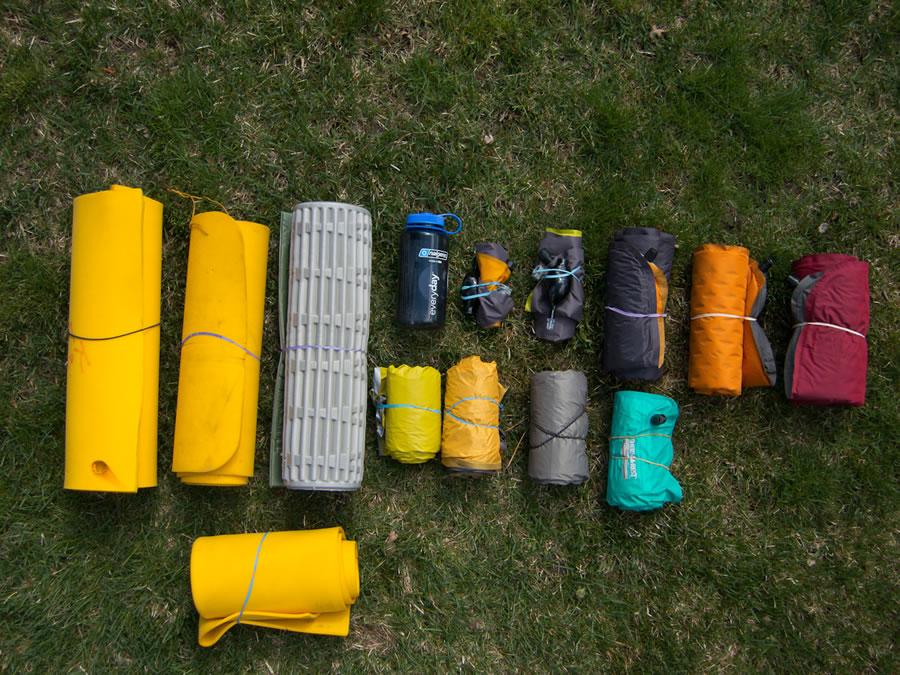
第一行从左到右:
MEC Winter Evazote;
Karrimat Evazote;
3/4 length RidgeRest;
Nalgene Bottle (for size comparison);
Klymit X-Lite;
Klymit X-Frame;
Ortik Backlite;
Thermarest Prolite 3;
Thermarest Prolite Plus
第二行从左到右
NeoAir full length;
Exped Synmat;
NeoAir XTherm;
NeoAir AllSeason
底部
MEC biv mat evazote (folded in half before rolling up)
(原文来自:http://larsonweb.com/blog/?p=91)
- 下一篇: 我爱Marmot之DriClime Windshit
- 上一篇: 鳌山太白和灵山事故的装备感想
- 好玩又实用,FEGVE费戈BOOM联名糖果钛罐体验
- 发布于 08月03日
- 艾美能特 HR70 暴力转角灯体验
- 发布于 03月19日
- 蒙特罗海王MONTECH智能单导体能短裤测评
- 发布于 08月02日
- 夏日潮裤——TRU-SPEC全地形虎斑8寸短裤
- 发布于 07月28日


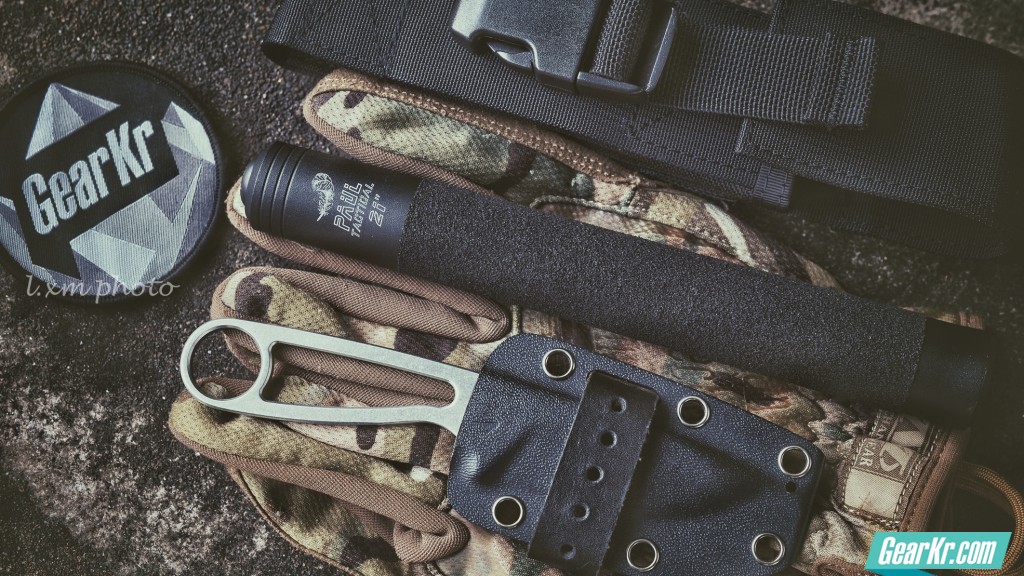

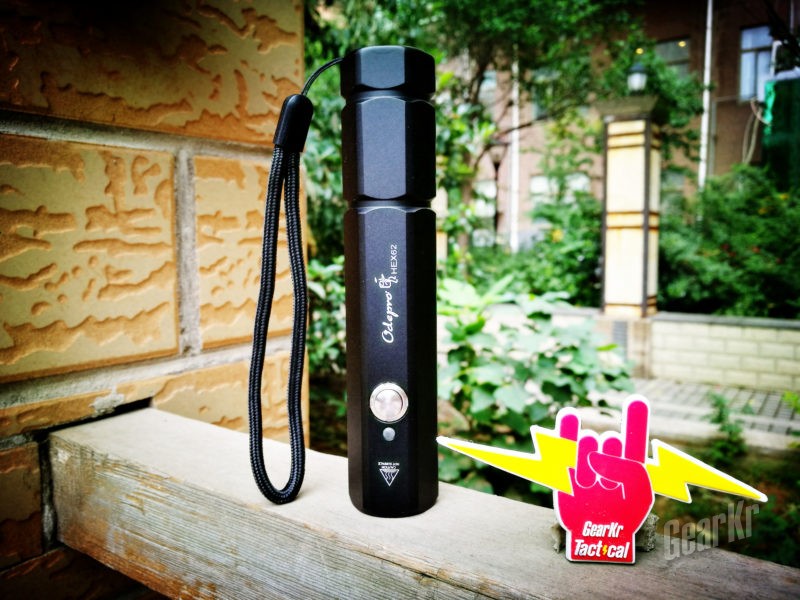
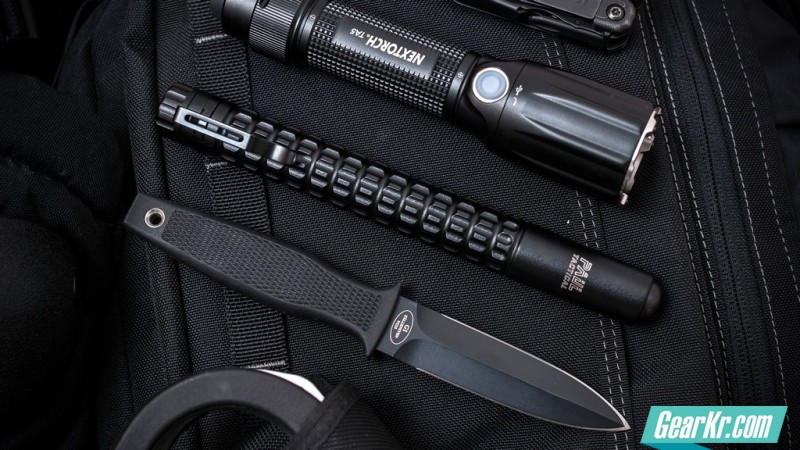
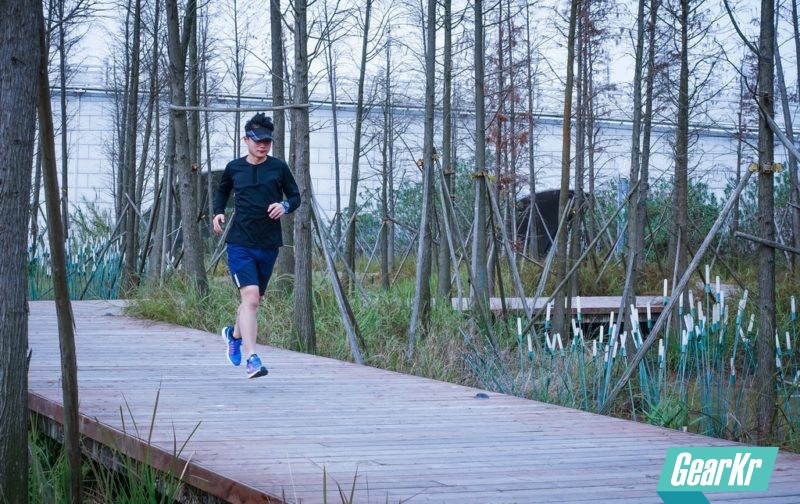
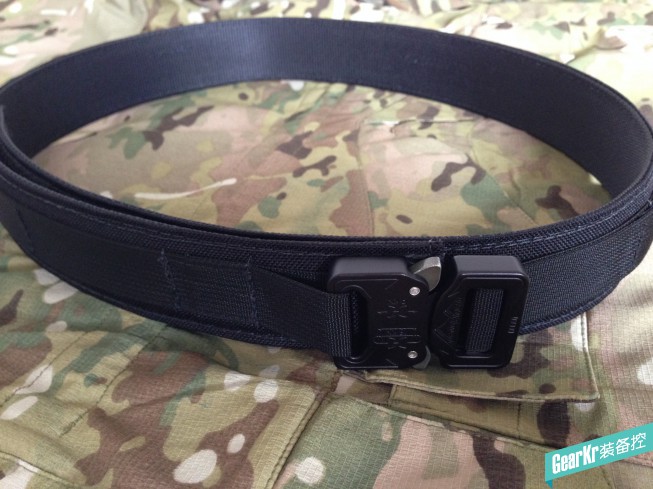



评论已关闭。